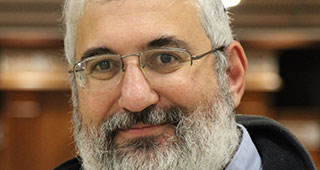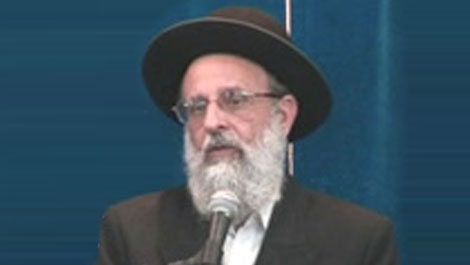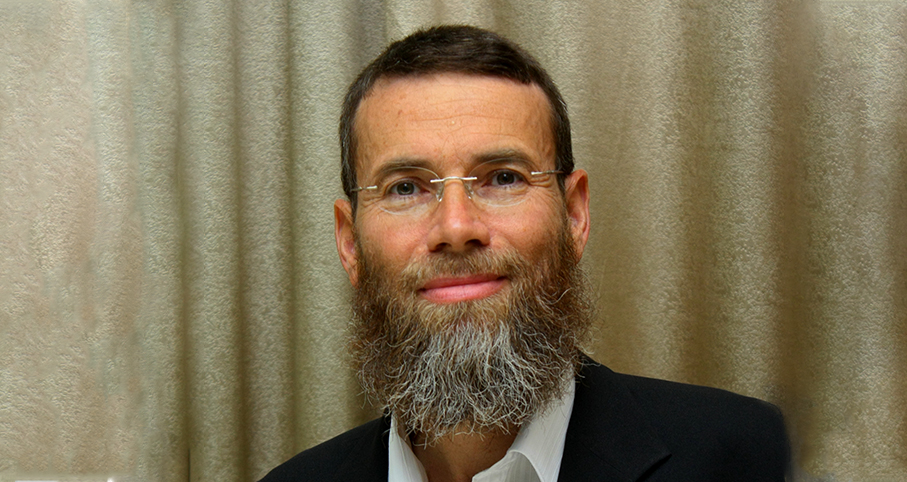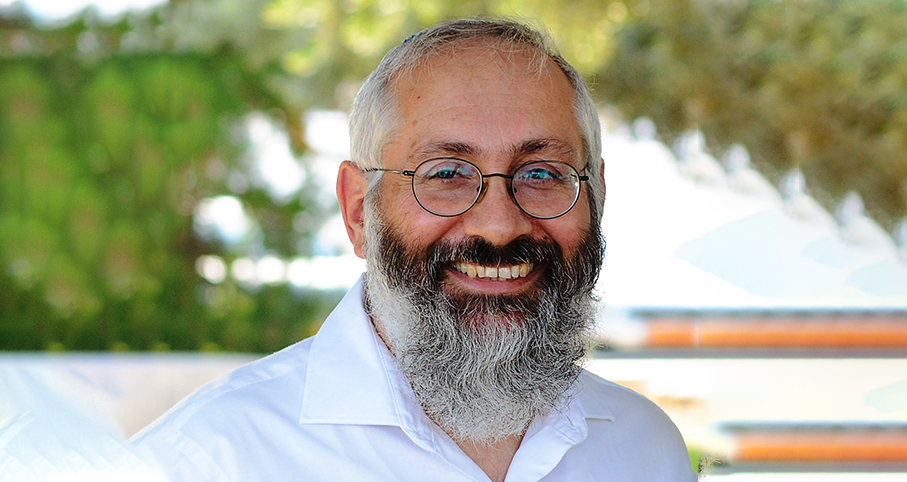Beit Midrash
- Torah Portion and Tanach
- Shmot
- Vayakhel
Shlomo depended heavily on the people of Tzor (Tyre) to make an edifice on the level he envisioned. The navi tells us that Hashem gave wisdom to Shlomo and he made a treaty with Chiram of Tzor (Melachim I, 5:26). As a result, Shlomo received help in the following areas:
1. Shlomo received natural commodities - the cedars of Lebanon (ibid.:20).
2. He hired workers from Tzor to cut down the trees in the most professional manner and to transport them by sea to Eretz Yisrael.
3. He enlisted artisans to work with the wood, stones, and precious metals (Divrei Hayamim II, 2:6).
Who was this Chiram, and where did his artistic style come from? The navi mentions Chiram twice. In Melachim I, 7: 13-14, he is described as: the son of a widow; from Naftali; his father was from Tzor; he was filled with knowledge and wisdom to do all sorts of work. Divrei Hayamim II, 2:13 describes him as: the son of a woman from Dan and a man from Tzor; one who knew how to deal with metals and fabrics. What does it mean that Chiram’s father was from Tzor?
Putting the two p’sukim together, it appears that Chiram’s mother was from the tribe of Dan and his father was from the Tribe of Naftali. If so, his father’s association with Tzor is only geographical, i.e., he had lived there. However, it is likely that this is not a technical point but a statement that Chiram’s teachers and mentors were of the Tzorian school of craftsmanship. The implications of this approach are major because Shlomo added elements to the complex of the Beit Hamikdash that Hashem had not commanded in the building of the Mishkan (including the washing basin’s base and the yam shel Shlomo. The special decorations on the doors and walls also do not appear to have been governed by specific halachot (see Melachim I, 6: 18, 29, 32).
What, then, do we make of the influence of Chiram’s teachers? One can look at the matter positively and say that Chiram "converted" the Tzorian approach to craftsmanship for the purpose of glorifying the Jewish Temple. This would be an effective way of fulfilling the mandate, "this is is my G-d, and I will adorn him." Some, including the Seforno, saw in the incorporatrion of foreign style into the Beit Hamikdash a serious flaw. He says that this is the reason behind the need to frequently repair the Temple and eventually was a factor in its destruction at the hands of our enemies.
Apparently this issue was never resolved definitively. Let us hope that the time to apply the lessons of this issue in the building of a new Beit Hamikdash will soon arise.

The Temporary Cohen
Parashat Vayakhel
Rabbi Yossef Carmel | 5764
What links the size of the world and the size of the tabernacle?
Rabbi Shmuel Eliyahu | Adar I 23 5782

Cherubim After the Golden Calf
Rabbi Yossef Carmel | 5769























